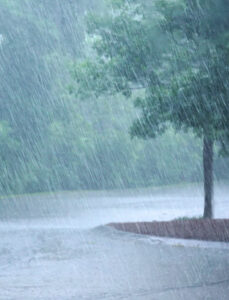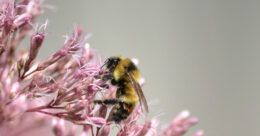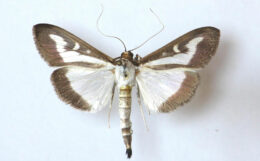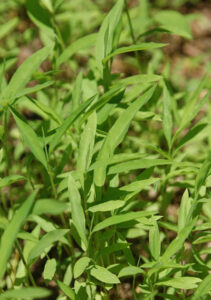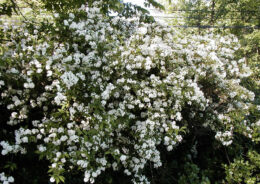Six Western New York counties have been taken off drought watch: Chautauqua, Erie, Genesee, Niagara, Orleans and Wyoming. The drought watch was designated in August due to the below-normal precipitation during the previous three months. There have also been low stream flows and low groundwater levels. The status of these counties was changed Oct. 9 because of recent rainfall and higher levels of ground and surface water. Now all of Western New York is is in the normal range. A…
